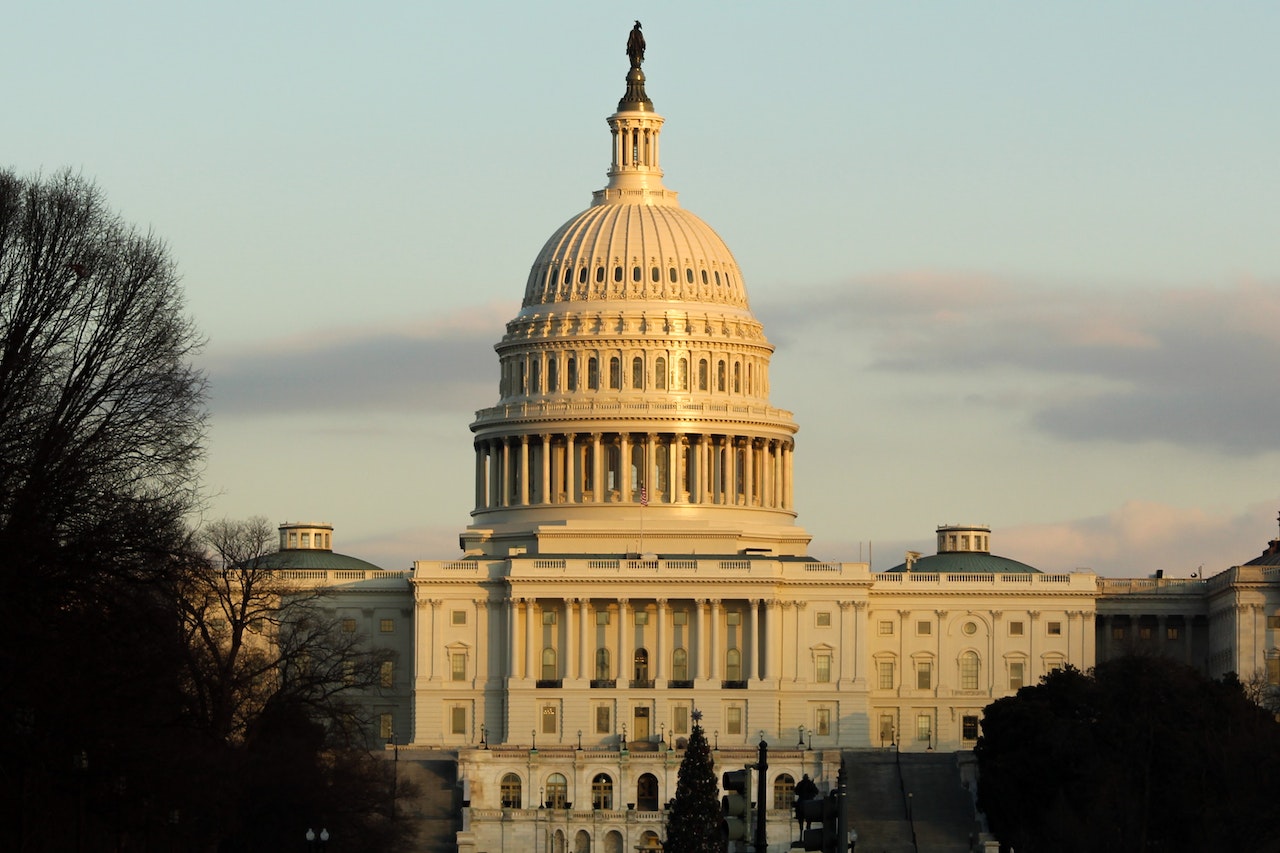In a recent Federal Reserve meeting, a majority of members voiced apprehension regarding the emergence of “significant upside risks” associated with potential future inflation pressures. The prevalent sentiment among these members was that preemptive rate hikes might prove necessary to effectively rein in inflation. However, this viewpoint was not unanimous, leading to a distinct division within the committee. A couple of members advocated for maintaining the current interest rates, underscoring the complexity of the ongoing deliberations.
The intensity of the deliberations escalated notably following the July assembly, during which the Federal Open Market Committee (FOMC) sanctioned a quarter percentage point increase, pushing the interest rate range to 5.25% to 5.50%. Prominent figures such as San Francisco Fed President Mary Daly, Minneapolis Fed President Neel Kashkari, and Fed Governor Michelle Bowman have emphasized the exigency for additional efforts to drive inflation down to the Federal Reserve’s target of 2%. In contrast, Philly Fed President Patrick Harker has put forth the proposition that the Federal Reserve could potentially sustain prevailing interest rates, enabling the effects of prior rate hikes to continue mitigating inflationary pressures.
The July Federal Reserve meeting saw the majority of participants acknowledging the prospect of an escalation in inflation, thereby acknowledging the necessity for a more pronounced “tightening of monetary policy.” However, a subset of members sounded a cautionary note, warning against the potential for macroeconomic repercussions to surpass initial estimates. During the proceedings, Fed Chair Jerome Powell underscored the imperative for additional data to gauge the sustainability of inflation’s decline toward the 2% target.
Market sentiments at present reflect an 88.5% likelihood of the Federal Reserve maintaining its benchmark interest rate within the range of 5.25% to 5.50% in the forthcoming September meeting. The forthcoming months’ data assumes pivotal importance, as it is poised to shed light on the progression of the disinflationary process.
The palpable discord within the Federal Reserve committee concerning the necessity for further rate hikes poignantly mirrors the prevailing economic ambiguity stemming from the protracted ramifications of the COVID-19 pandemic. In a concerted effort to alleviate tensions and recalibrate expectations, Fed Chair Jerome Powell is anticipated to deliver a pivotal policy address at the impending Jackson Hole symposium.
This contentious discourse within the Federal Reserve not only accentuates the intricate nature of the rate hike deliberations but also serves as a poignant reminder of the Federal Reserve’s pivotal role in orchestrating the intricate ballet of the United States economy. As the nation eagerly awaits forthcoming data and keenly anticipates the central bank’s imminent pronouncements at the Jackson Hole symposium, a sense of anticipation pervades, offering the American populace a glimpse into the prospective trajectory of the nation’s interest rate policy.
Source: Yahoo Finance



